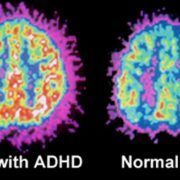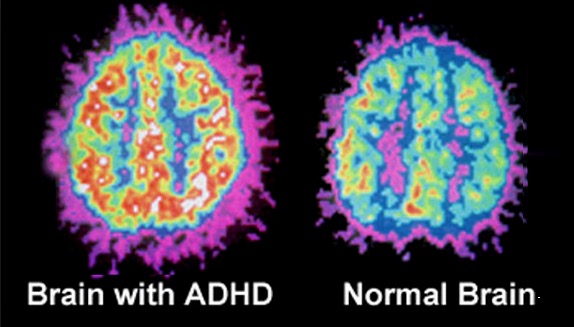Diagnosis of Adult-Onset ADHD
Diagnosis of Adult-Onset ADHD
Diagnosis of Adult-Onset ADHD
ADHD used to be understood as an illness exclusively experienced in childhood. However, Adult-Onset ADHD is raising questions about the brain disorder.
New data suggests that some people experience ADHD in adulthood without having been diagnosed with ADHD in childhood. Theories suggest that there may exist two distinct syndromes: adult-onset ADHD and childhood ADHD. Researchers believe that childhood-onset and adulthood-onset of ADHD, may reflect different causes. Adult-onset ADHD is not as clear as simply developing ADHD as an adult, though.
What Causes Adult-Onset ADHD?
More studies are needed to determine the nuances of this disorder. It is unclear exactly what causes a late onset of ADHD.
It is possible that some people with symptoms of ADHD in adulthood do not have ADHD at all, but rather an unrelated mental health problem such as an addiction, or stress.
It is also possible that it is not a late onset of ADHD, but rather a concealed mental health issue during childhood. One could have had some characteristics of ADHD, but didn’t meet the official criteria for a diagnosis in their youth. Thus, this would cause individuals to seek treatment for ADHD later on in life. There may have been signs during childhood that things weren’t going too well, but the symptoms and signs weren’t bad enough to go see a doctor until they were older. Growing up, they may have had supportive environments that let them learn in creative ways, but as soon as those environments changed into holding down jobs with rigid deadlines and strict bosses, these individuals started experiencing symptoms more prominently, causing problems in their lives.
What is the understanding of Adult-Onset ADHD Now?
While an understanding of ADHD has evolved to include adult sufferers, there remains controversy around the diagnosis.
Even though the condition can look very different at different ages, the conventional wisdom remains that adults with ADHD also had it as children.
Much of the recent literature on adult ADHD is fresh, since it’s a relatively new diagnosis.
These findings raise questions, such as how to adequately treat adult patients, and how should clinicians evaluate adults who have no childhood history of ADHD.
What to Do If You Believe You Have ADHD
Dr. Gordon is an experienced ADHD expert. He is devoted to helping you learn more about ADHD and find solutions for each individual’s needs. Please feel free to contact Dr. Gordon at DrGordon@pathwaysna.com for any concerns or questions regarding ADHD about yourself, or a loved one.
Dr. Gordon is an experienced ADHD expert. He is devoted to helping you learn more about ADHD and find solutions for each individual’s needs. Please feel free to contact us for any concerns or questions regarding ADHD about yourself, or a loved one.
The Pathways team of professionals has helped thousands of people with ADHD. We are Dedicated to effective and compassionate care for individuals with neurological challenges.
The post Diagnosis of Adult-Onset ADHD appeared first on Pathways Neuropsychology Associates.
Source: Pathways Neuropsychology
Diagnosis of Adult-Onset ADHD








